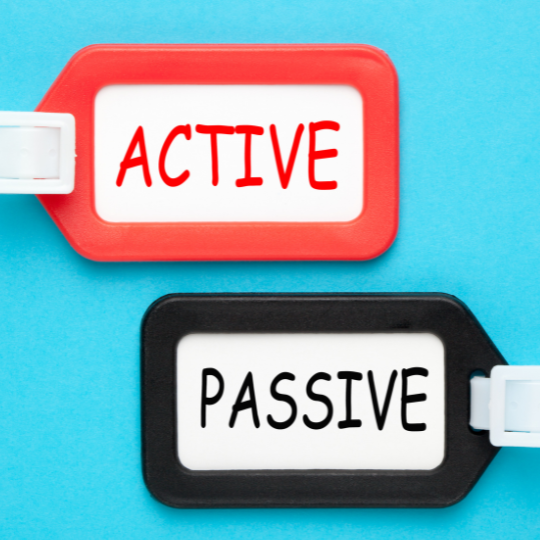The passive voice is a grammatical construction in which the object of an action becomes the subject of a sentence. While active voice focuses on who is performing an action, passive voice emphasizes the action itself and sometimes the recipient of the action. Understanding when and how to use the passive voice can add variety to your writing and help you convey your message more effectively.
Understanding the Passive Voice
In the passive voice, the subject of the sentence is acted upon by an agent, which may or may not be mentioned. The basic structure of a passive voice sentence is:
Object + be (in the correct tense) + past participle + (by + agent)
Examples:
- Active: The chef cooks the meal.
- Passive: The meal is cooked by the chef.
- Active: The committee will review the proposal.
- Passive: The proposal will be reviewed by the committee.
When to Use the Passive Voice
1. When the Doer is Unknown or Unimportant
- Passive voice is useful when the person performing the action is unknown or irrelevant to the context.
- Example: The window was broken. (We don’t know who broke the window.)
2. To Emphasize the Action or Recipient
- If the focus is on the action or the recipient of the action rather than the doer, passive voice is more appropriate.
- Example: The novel was written by George Orwell. (Emphasizes the novel rather than the author.)
3. In Formal or Scientific Writing
- Passive voice is often used in formal, academic, or scientific writing to maintain objectivity and focus on the results.
- Example: The experiment was conducted to test the hypothesis.
4. To Be Polite or Impersonal
- When delivering bad news or making formal statements, passive voice can soften the message.
- Example: Mistakes were made. (Avoids directly blaming someone.)
How to Form the Passive Voice
1. Identify the Object
- Find the object of the active sentence which will become the subject of the passive sentence.
- Active: The teacher explains the lesson.
- Passive: The lesson is explained by the teacher.
2. Use the Correct Form of "Be"
- The verb "to be" must be in the same tense as the main verb in the active sentence.
- Active: The company built the bridge. (past simple)
- Passive: The bridge was built by the company. (past simple)
3. Use the Past Participle of the Main Verb
- The main verb in the passive sentence is always in the past participle form.
- Active: They will finish the project. (future simple)
- Passive: The project will be finished by them. (future simple)
4. Mention the Agent (Optional)
- Use "by" to introduce the agent if it is necessary to mention who performed the action.
- Active: Someone stole my car.
- Passive: My car was stolen (by someone).
Passive Voice in Different Tenses
1. Present Simple
- Active: She writes the report.
- Passive: The report is written by her.
2. Past Simple
- Active: They cleaned the room.
- Passive: The room was cleaned by them.
3. Future Simple
- Active: The team will complete the project.
- Passive: The project will be completed by the team.
4. Present Continuous
- Active: He is painting the house.
- Passive: The house is being painted by him.
5. Past Continuous
- Active: They were discussing the issue.
- Passive: The issue was being discussed by them.
6. Present Perfect
- Active: She has delivered the package.
- Passive: The package has been delivered by her.
7. Past Perfect
- Active: They had prepared the meal.
- Passive: The meal had been prepared by them.
8. Future Perfect
- Active: She will have finished the assignment.
- Passive: The assignment will have been finished by her.
Common Mistakes with Passive Voice
1. Incorrect Tense of "Be"
- Ensure that the form of "be" matches the tense of the original active sentence.
- Incorrect: The project is completed by next week.
- Correct: The project will be completed by next week.
2. Using Active Voice for Formality
- In formal writing, passive voice can be more appropriate to maintain objectivity.
- Incorrect: We conducted the survey.
- Correct: The survey was conducted.
3. Overusing Passive Voice
- Avoid using passive voice excessively as it can make writing seem weak or vague.
- Better: The committee approved the proposal. (active and clear)
Conclusion
Mastering the passive voice is a valuable skill that can enhance your writing by allowing you to emphasize different parts of a sentence and maintain formality when needed. By understanding when and how to use the passive voice, you can improve the clarity and effectiveness of your communication. Practice identifying and transforming active sentences into passive ones to become more comfortable with this important aspect of English grammar.










